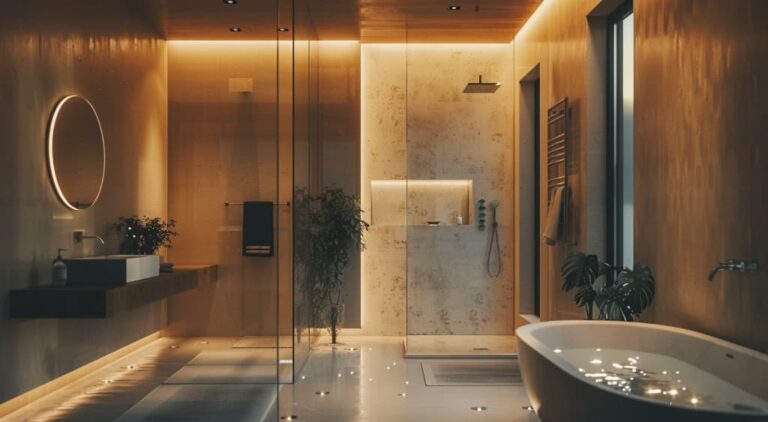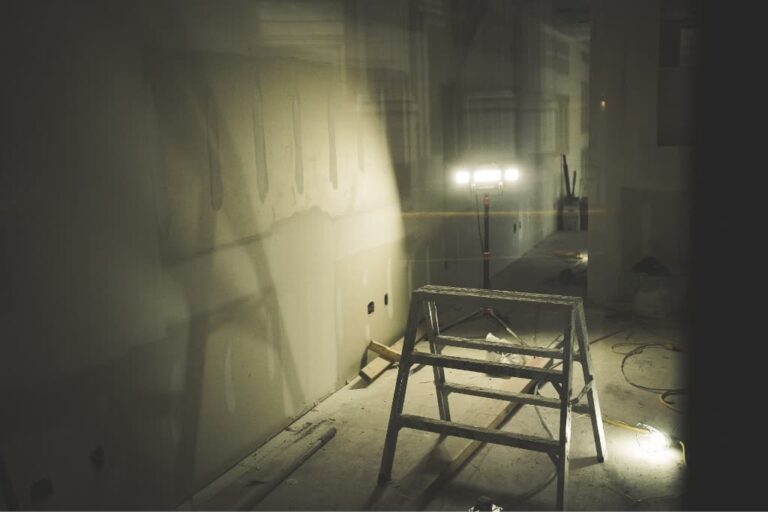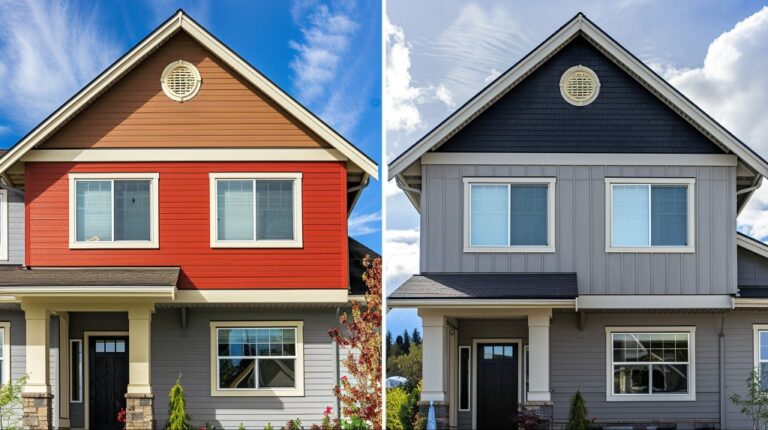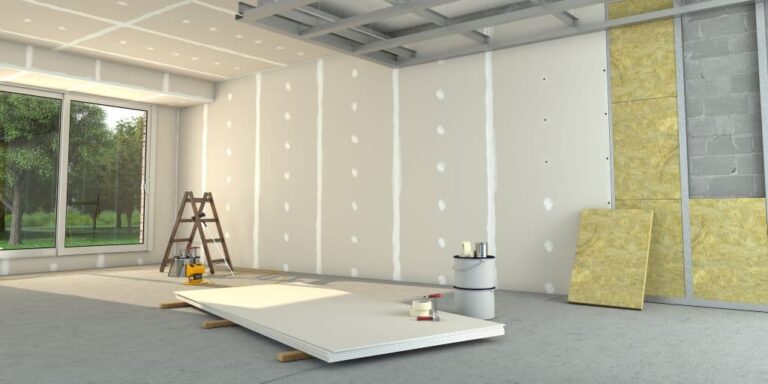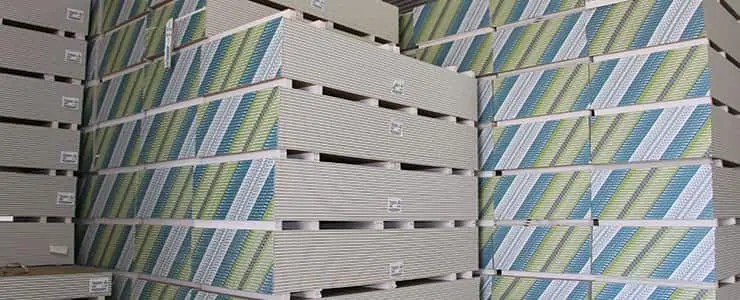What Makes Basement Boards Waterproof?
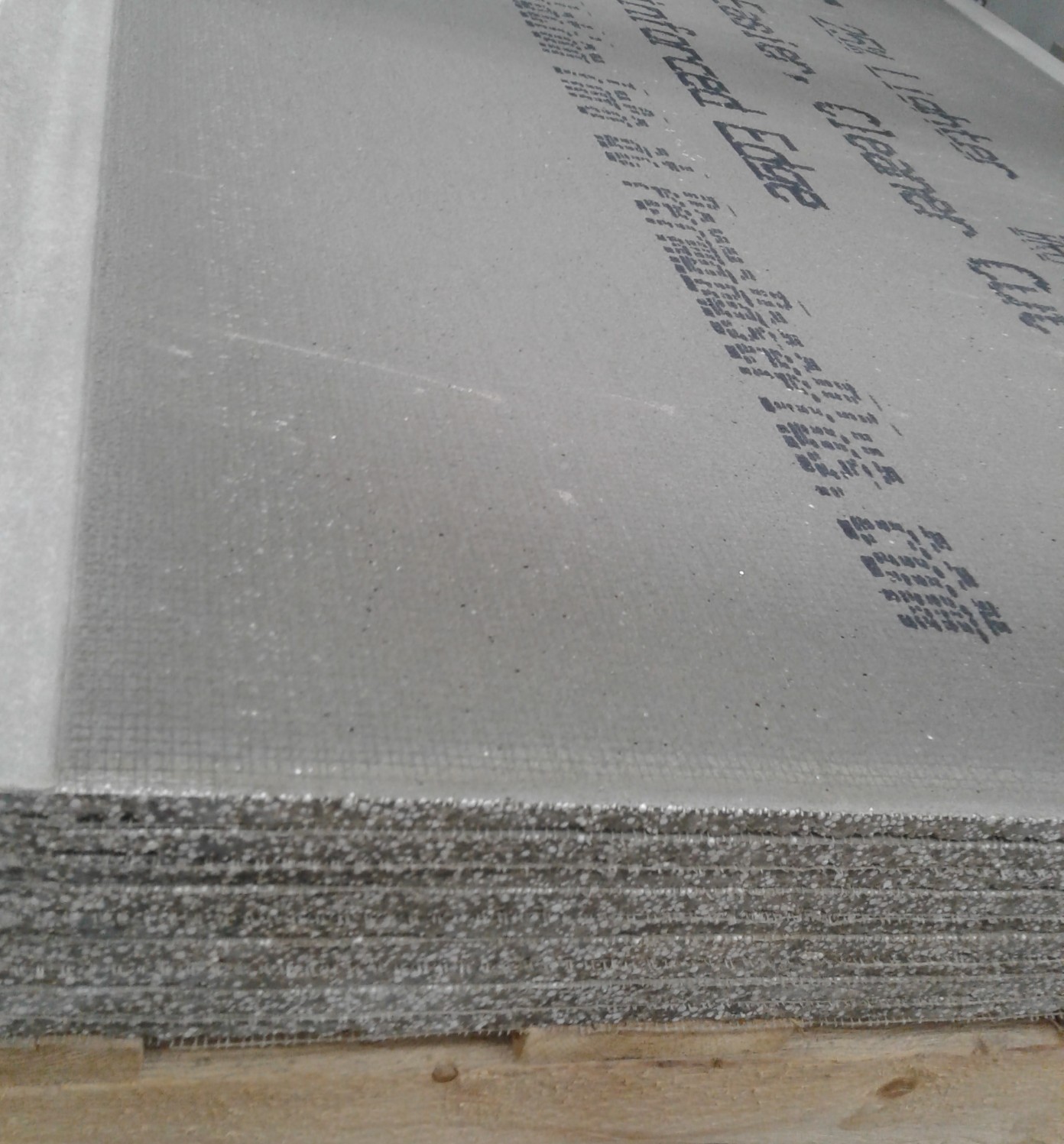
Waterproofing your basement with cement board, like PermaBASE WP, dramatically enhances its durability and moisture resistance. This board’s waterproof core and mold-resistant properties mean you’re installing a dependable moisture barrier that requires 75% less liquid waterproofing—saving you time and money. When applying, ensure it covers the first 3 feet of the basement wall against the concrete foundation. Although this board is a game changer, keep in mind it’s not inherently waterproof; applying a waterproofing membrane or system is essential. Equipped with UL GREENGUARD Gold certification, it’s also safe for sensitive environments. With proper techniques, you’ll guarantee a dry, mold-free basement and explore further ways to protect your home.
Waterproofing Benefits
Embracing cement board waterproofing in your basement delivers significant benefits, including enhanced durability and moisture resistance. By opting for PermaBASE WP Waterproof Cement Board, you’re choosing a solution that’s been ANSI A118.10 tested and approved. This means you’re not just preventing water from seeping into your basement but ensuring a robust moisture barrier built to last. With its waterproof core, this cement board effectively guards against water damage and inhibits mold growth, which is essential for maintaining a healthy indoor environment.
Moreover, installing waterproof cement board like PermaBASE WP is a cost-effective move. Compared to traditional methods, it requires 75% less liquid waterproofing or sealant, translating into significant savings without compromising protection. This efficiency saves you money upfront and contributes to your property’s long-term value and integrity by preventing costly moisture-related damages.
Additionally, its UL GREENGUARD Gold certification for low emissions reassures you that it suits sensitive environments like homes, schools, and healthcare facilities. This certification reflects a commitment to moisture control and indoor air quality, making it an ideal choice for ensuring a safer, drier basement.
Product Overview
After exploring the significant benefits of waterproofing, let’s focus on PermaBASE WP Waterproof Cement Board, a standout product designed to enhance basement moisture management. This innovative cement board is at the forefront, offering a reliable solution against the challenges posed by water pressure and moisture in your basement walls. With its waterproof core, you’re getting a product that sidesteps the need for a traditional waterproofing membrane across your entire wall structure. This not only simplifies your project but also leads to significant cost savings.
You’ll appreciate that PermaBASE WP is moisture and mold resistant, lightweight yet durable, and boasts reinforced edges for easier, more secure fastener application. It’s engineered to require 75% less liquid waterproofing during installation, preventing potential damage and sparing you from hefty repair costs. Moreover, its ANSI A118.10 testing and approval for waterproofness and its UL GREENGUARD Gold certification ensure it’s a safe and effective choice for indoor environments, including homes, schools, and healthcare facilities. Opting for PermaBASE WP means selecting a top-tier solution for keeping your basement dry and protected against the invasive nature of water.
Installation Techniques
To guarantee your basement remains dry and protected, you must follow the proper installation techniques for cement board waterproofing. Start by applying cement board to the first 3 feet of your basement wall, directly against the concrete foundation. This area is pivotal because it’s where the water table’s pressure is most likely to cause dampness and seepage in your interior basement.
Next, add mud over the cement board before it meets the Sheetrock to ensure a smooth change and enhance waterproofing capabilities. This step not only improves aesthetics but also contributes to the overall integrity of the waterproofing system. Remember, while cement board offers better resistance to water damage than drywall, it’s not inherently waterproof. So, applying a waterproofing membrane or liquid waterproofing system becomes a non-negotiable step.
For added protection, consider integrating insulation materials like spray foam or rigid foam board alongside the cement board. These materials act as moisture barriers and further safeguard your basement from the potential threats posed by the water table and moisture ingress. By meticulously adhering to these installation techniques, you’ll notably enhance the effectiveness of your basement’s waterproofing system.
Water Infiltration Causes
Often, basements become damp and moldy because water regularly seeps in through doors, windows, and vent openings. This infiltration doesn’t just stop at creating an uncomfortable environment; it leads to leaks in your basement walls and floors. The concrete foundation, though sturdy, isn’t impervious to water. Over time, water finds its way through cracks and gaps, exacerbating the problem.
Understanding the causes of water infiltration is key to maintaining a dry and healthy basement. Not just natural occurrences like rain or snow contribute to this issue. Factors such as poor drainage around your property and high groundwater levels also play significant roles. These conditions pressure your basement’s walls and floors, allowing water to penetrate your concrete foundation.
Addressing these infiltration causes head-on is crucial to prevent water from turning your basement into a damp, moldy space. Implementing proper waterproofing solutions will shield your basement from unwanted moisture. By identifying and tackling the sources of water infiltration, you’re taking a vital step in protecting your property’s integrity, health, and value. Remember, prevention is always better than cure when it comes to maintaining a dry basement.
Code Compliance Requirements
Solving the maze of code compliance requirements guarantees your basement’s waterproofing strategy aligns with the latest industry standards. If left unchecked, you must know that water in the cement can lead to severe issues affecting your indoor air quality and the structural integrity of the foundation walls and the concrete floor. The 2021 International Building Code (IBC) and International Residential Code (IRC) outline the necessary steps to ensure your basement remains dry and secure.
When applying products like PRO 1000, designed for positive-side hydrostatic pressure, you’re taking a significant step towards safeguarding your property. It’s not just about keeping water out; it’s about ensuring your basement’s environment doesn’t encourage mold growth or compromise indoor air quality. Additionally, correctly installing vapor barriers, such as the Underseal® Underslab membrane, is pivotal in combatting moisture intrusion and gas transmission through the concrete floor.
Frequently Asked Questions
Does Cement Board Need to Be Waterproofed Before Tiling?
Cement board is inherently moisture—and mold-resistant, so it doesn’t need to be waterproofed before tiling. Its waterproof core eliminates the need for additional layers, making it a reliable choice for wet environments.
What Is the Best Sealant for Concrete Board?
When selecting the top sealant for the concrete board, you’ll want a high-grade, polymer-modified thinset mortar. It’s perfect for wet areas and guarantees a waterproof seal, thwarting moisture penetration while combating mold and mildew.
Can Drylok Be Used on Cement Board?
It would be best to not use Drylok on the cement board. It’s not designed for it and won’t stick well, offering no extra benefit. Stick to the board’s built-in moisture resistance rather than risking its integrity with Drylok.
Should You Use Cement Board in the Basement?
It would be best if you used cement board in your basement. It’s more resistant to water damage than drywall, and when properly waterproofed, it boosts your basement’s integrity. Just remember, it’s not waterproof on its own.
In conclusion, cement board waterproofing provides a strong solution for keeping your basement dry and protected. By choosing products like Poly Wall® and Polyguard, you’re not just preventing water damage but enhancing your property’s value and safety.
Installation might require some effort, but the payoff in avoiding costly repairs and health issues from moisture intrusion is invaluable. Make sure you adhere to code compliance to maximize benefits. Ultimately, this proactive approach secures a healthier, more durable basement environment for years ahead.
